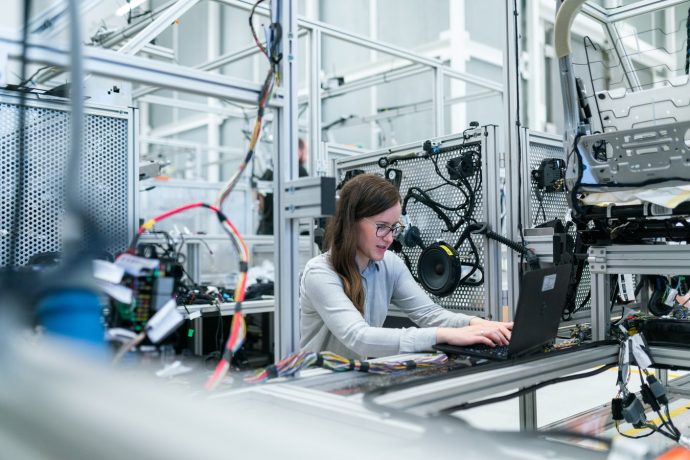When not well maintained, manufacturing plants are a risk not only to the workers but also to the surrounding environment. For this reason, there are four types of maintenance that every plant owner should carry out consistently to lower the chances of a breakdown. Read on to learn more about them.

Planned Maintenance
Planned maintenance is carried out to prevent any breakdown in the plant. Planned maintenance incorporates the inspection and lubrication of the plant’s equipment and repairing any damages. There is also cleaning the plant’s tanks and white-washing the buildings; planned maintenance could be done daily through a visual walkthrough inspection or annually. The aim is to prevent a breakdown.
Breakdown Maintenance
Breakdown maintenance involves repairing malfunctioning pieces of equipment in the plant, such as a broken belt. The equipment could breakdown because of:
- failure to lubricate the machines
- use of high voltage
- Failure to monitor the cooling system
- And disregarding unusual sounds from the machines, overheating and other minor mishaps.
The maintenance department does this without putting on hold any scheduled program. These sorts of repairs are done on non-critical devices that affect the plant’s functions in little or no way. Engineers are called only when there is another breakdown with the repaired equipment.
Preventive Maintenance
Like planned maintenance, preventive maintenance aims to avoid any breakdown and maintain the equipment’s serviceability. It is conducted by the plant’s maintenance and production department or a hired inspector. They check for weak points, lose bolts and screws in all of the plant’s machinery, and make the needed repairs. There could be replacing existing pumps with liquid ring vacuum pumps, which are long-lasting and require minimal maintenance. It helps increase the equipment’s serviceability and reduce the overall cost of planned maintenance. It also reduces the dangers posed by an unexpected breakdown.
Predictive Maintenance
This maintenance procedure involves using sensory instruments such as audio, pressure, and temperature gauges and amplitude meters to predict a breakdown before it happens, hence the name predictive maintenance. Once the audio gauges pick up noises coming from the machines, the maintenance department can take the necessary precaution measures. The maintenance should be done periodically.
When breakdown, planned, preventive, and predictive maintenance is conducted, the chances or a breakdown or hazards are minimized. With this in mind, the inspections should be executed with consistency and precision.

